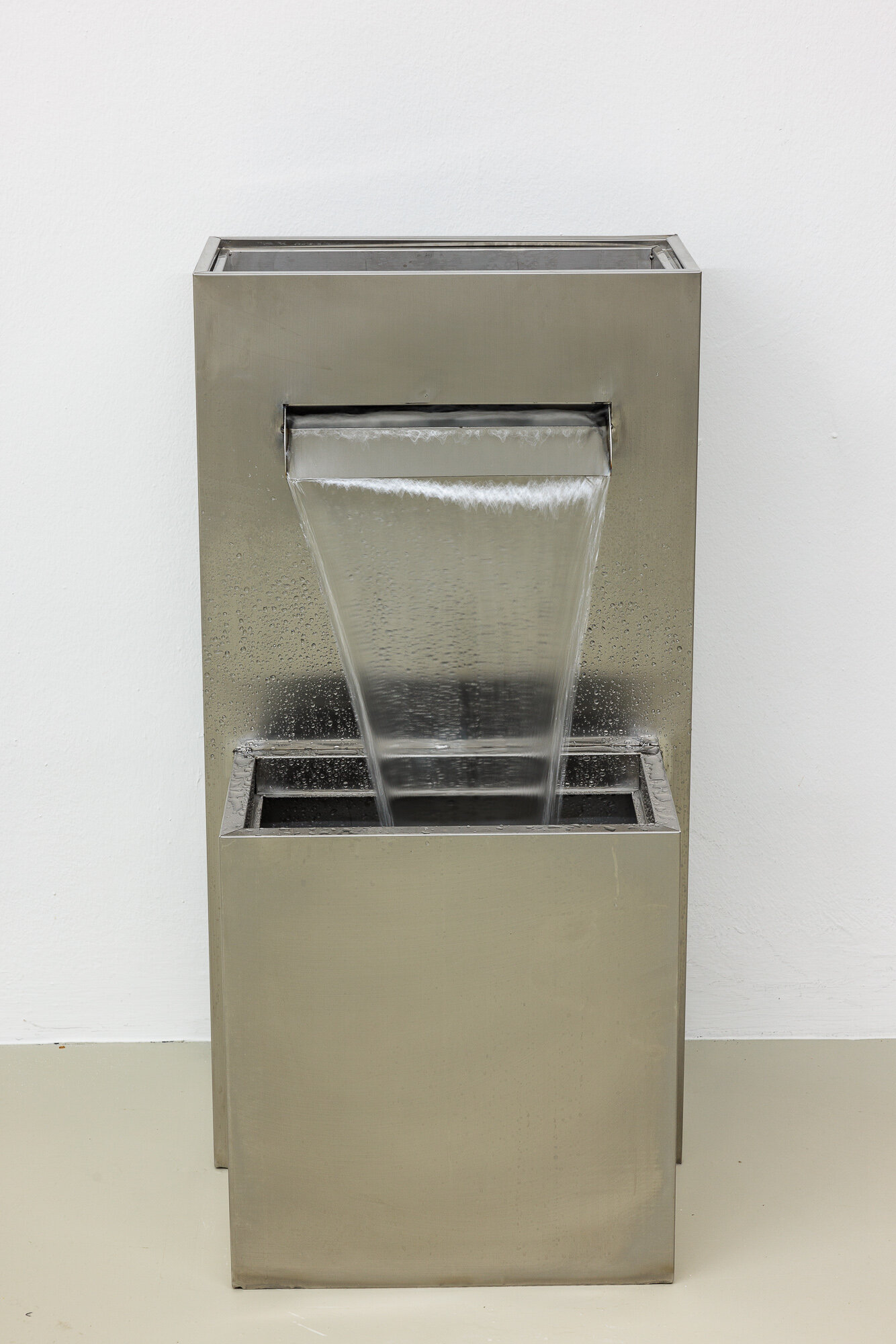Ghislaine Leung

Many of Ghislaine Leung’s works are based on “scores” that denote the work and its specific physical and material form. These scores are also a further textual level and a kind of script for the realization of the work, and they are often the key text that is provided for the public as an aid to understanding the work. The work itself is implemented by the institution presenting it, while the objects involved remain essential as a presence in the exhibition space. A kind of double effect takes place between the appropriation of the work in its implementation and the object, as both are originals and both are dependent on the other. In contrast to past conceptual approaches, here the material level is very significant for the conceptual and textual level, and it is certainly not a mere addition or a solely administrative matter — something that the exhibition title on affairs also playfully alludes to.
For the institution realizing this work, the working relationship with the artist is rather different. The exhibiting museum bears greater responsibility in realizing the work and also benefits from the artist’s trust, which is provided up-front, particularly concerning how her works are or can be interpreted by the museum. Many of Leung’s scores have plenty of leeway that the institution then needs to work with and bring to life. In our exhibition, we are “performing” two such scores.
In Browns (2021), all the available walls are painted brown from floor level up to the standard height for the center of a hung painting. The exact instructions are: “Score: All available walls in brown to standard picture hanging height.” The brown paint is normally applied very thinly, so that in the case of existent fixed walls in museums and galleries some spatula scratches and also some traces of former paint remain visible. In a sense, this shows both the history of the wall and the exhibition history of the institution. The upper limit of the brown paint corresponds to the standard picture hanging height of 1.5 meters, and is always measured directly from floor level. As a result, this work tends to highlight corners and less prominent places within the galleries, leading to most (if not all) of the available walls being used. For the installation in Graz, a corner in the upper foyer was also made available, as it was also a potential space that could be utilized in the exhibition.
In Fountains (2022), a fountain should be installed in the exhibition gallery. The score notes: “A fountain installed in the exhibition space to cancel sound.” This work’s title recalls the very first Marcel Duchamp readymade, whereby here we are dealing not with a decontextualized and isolated sculpture-like object in the gallery space, but rather with a functioning object with a purpose — to mute ambient noise by means of the loud splashing of the water. The specific realization is left to the team at the museum, with the score providing only the framework. As long as the fountain fulfills its purpose and the concept in the score is implemented, its actual aesthetic appearance and technical operation are less important.
Fountains, 2022
Score: A fountain installed in the exhibition space to cancel sound.
Edition 1 of 3 + 2 AP
Browns, 2021
Score: All available walls in brown to standard picture hanging height.
Edition 1 of 3 + 2 AP
Courtesy the artist; Maxwell Graham Gallery, New York
Ghislaine Leung
Solo (et al.): Essex Street, New York (2022, 2019), Caravan, Oslo (2022), Ivory Tars, Glasgow (2022), Ordet, Mailand (2021), Museum Abteiberg, Mönchengladbach (2021), Cabinet, London (2021), Netwerk, Aalst (2019, 2018, 2017), Künstlerhaus Stuttgart (2019), Chisenhale, London (2019), Reading International, Reading (2018), Cell Project Space, London (2017), Wiels, Brussels (2016); Shows (et al.): The Renaissance Society, Chicago (2022), mumok – Museum moderner Kunst Stiftung Ludwig Wien, Vienna (2022), Goldsmiths CCA, London (2022), CAPC, Bordeaux (2022), British Art Show 9, Plymouth, Manchester, Aberdeen (2021÷22), Museion, Bolzano (2021), Helmhaus Zürich, Zurich (2021), Felix Gaudlitz, Vienna (2021, 2019), Geneva Biennale, Geneva (2020), KW Institute for Contemporary Art, Berlin (2019), ICA Institute of Contemporary Arts, London (2019)